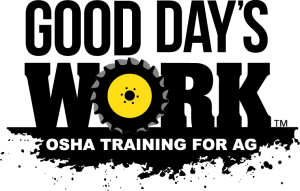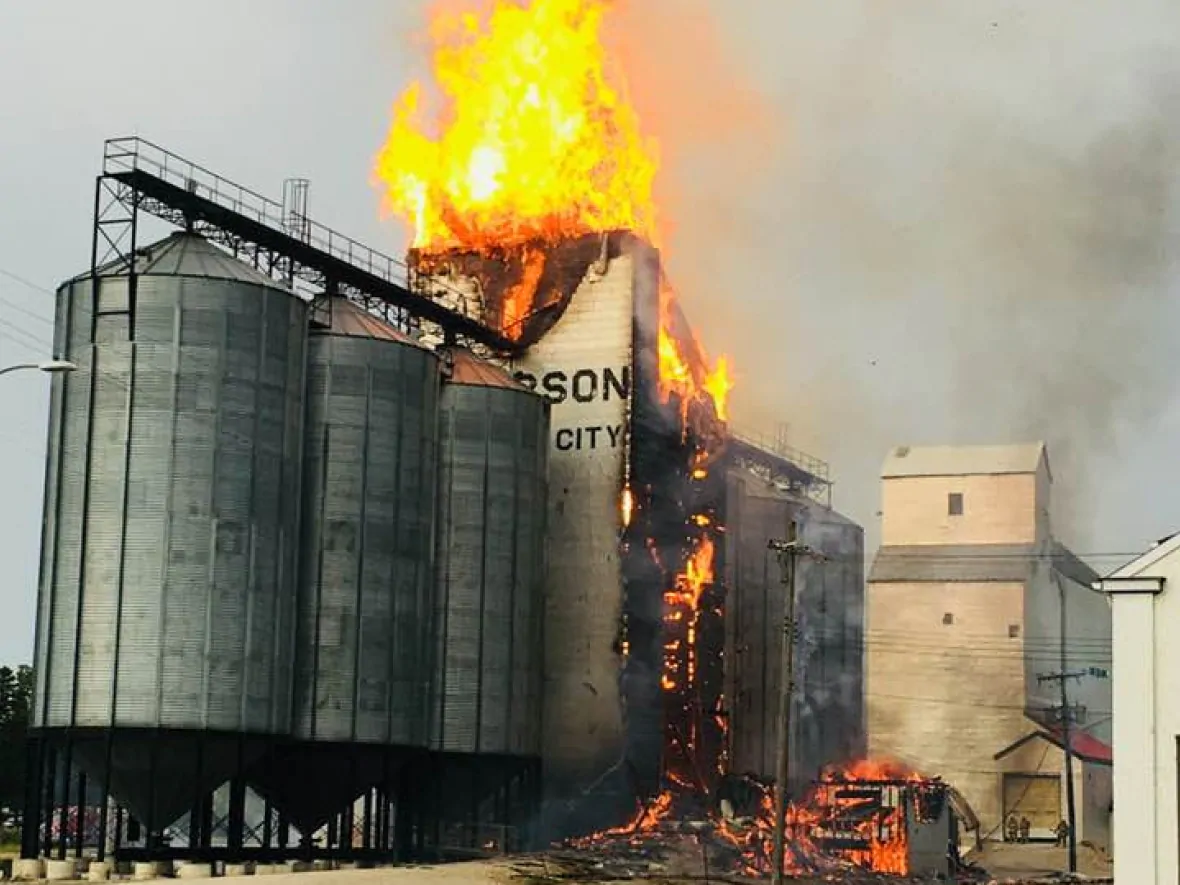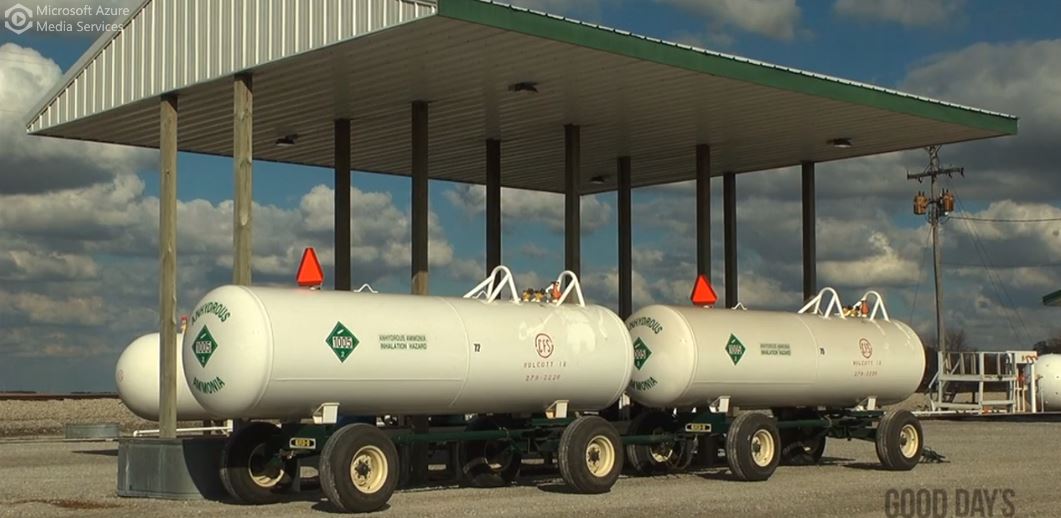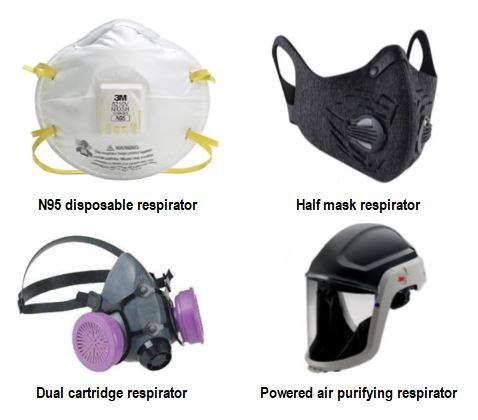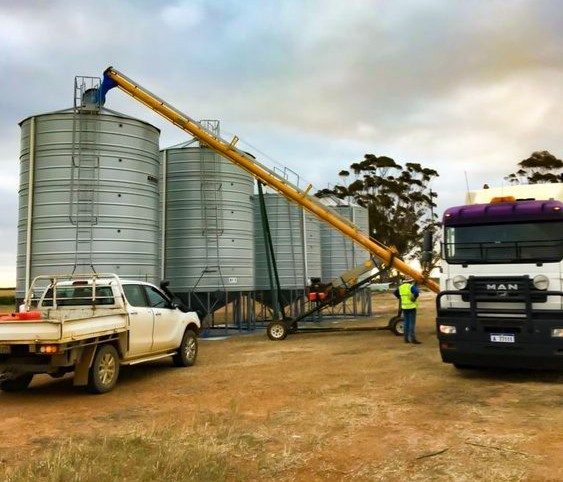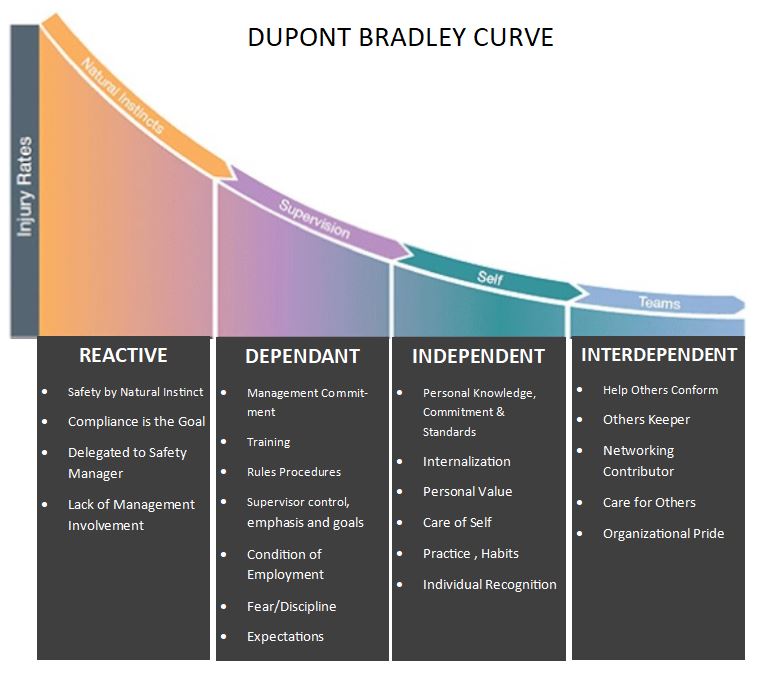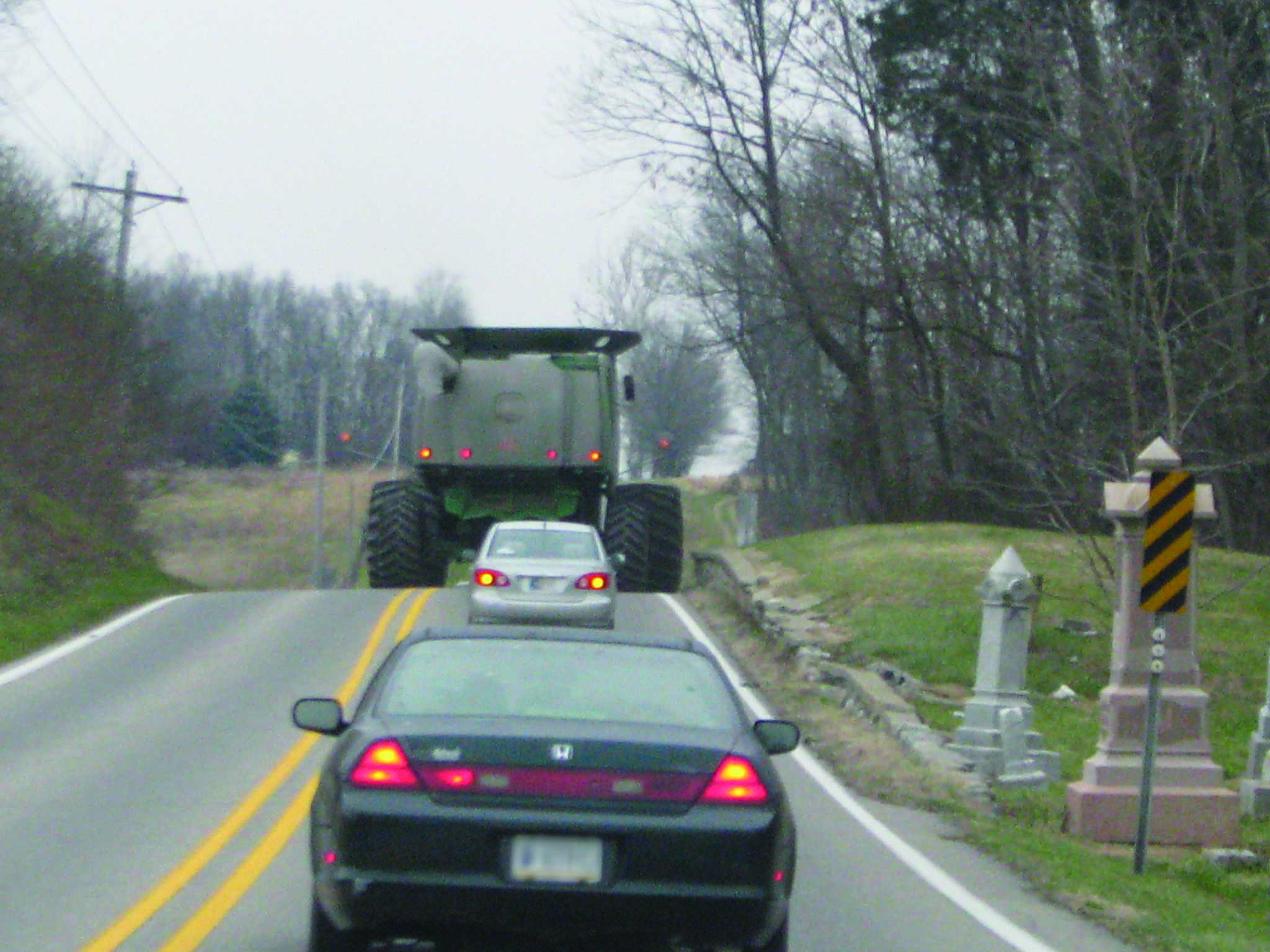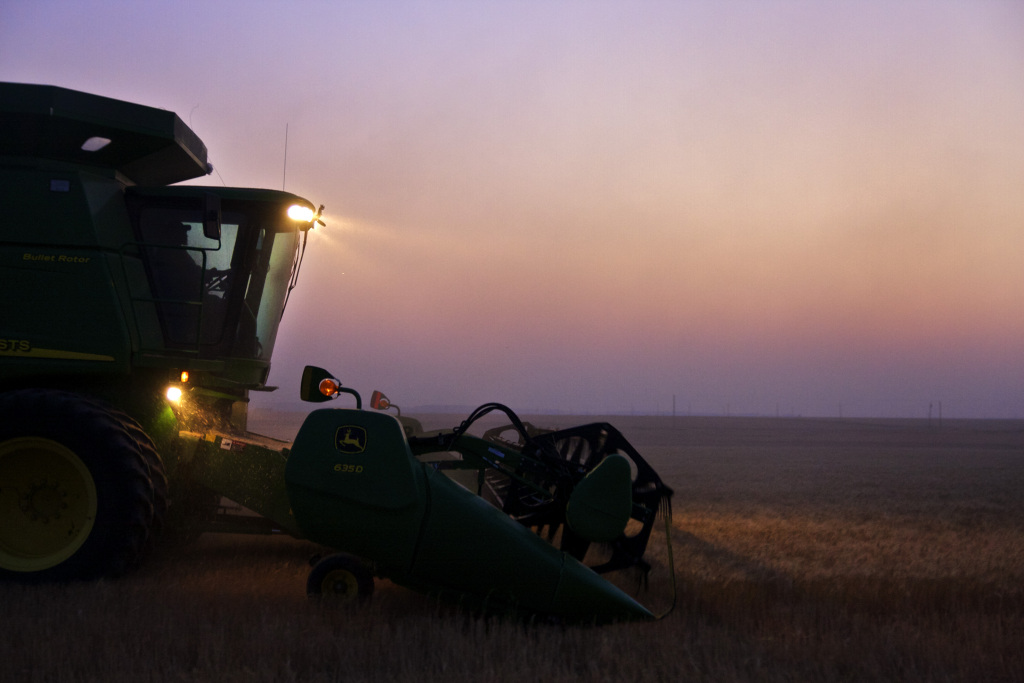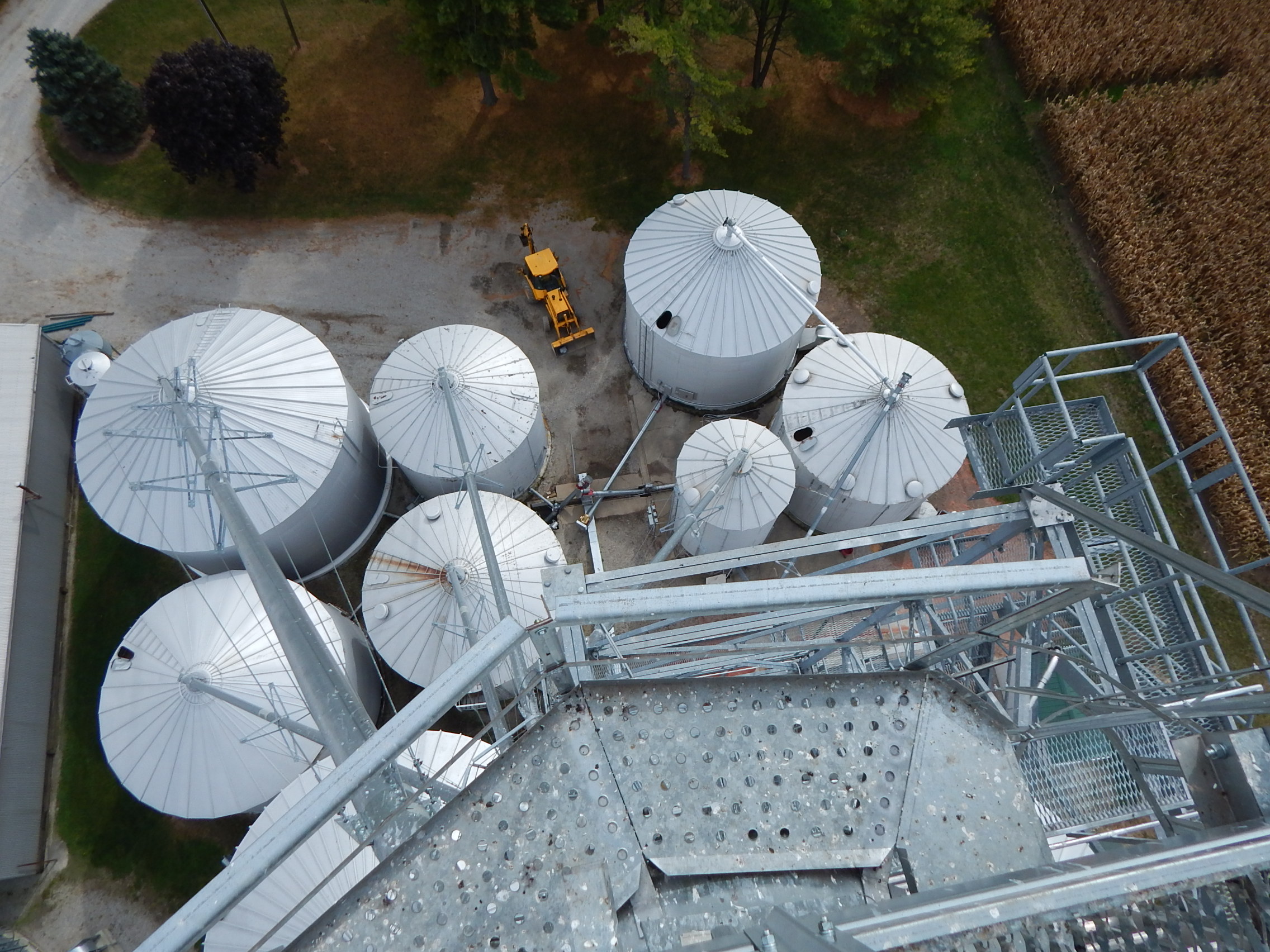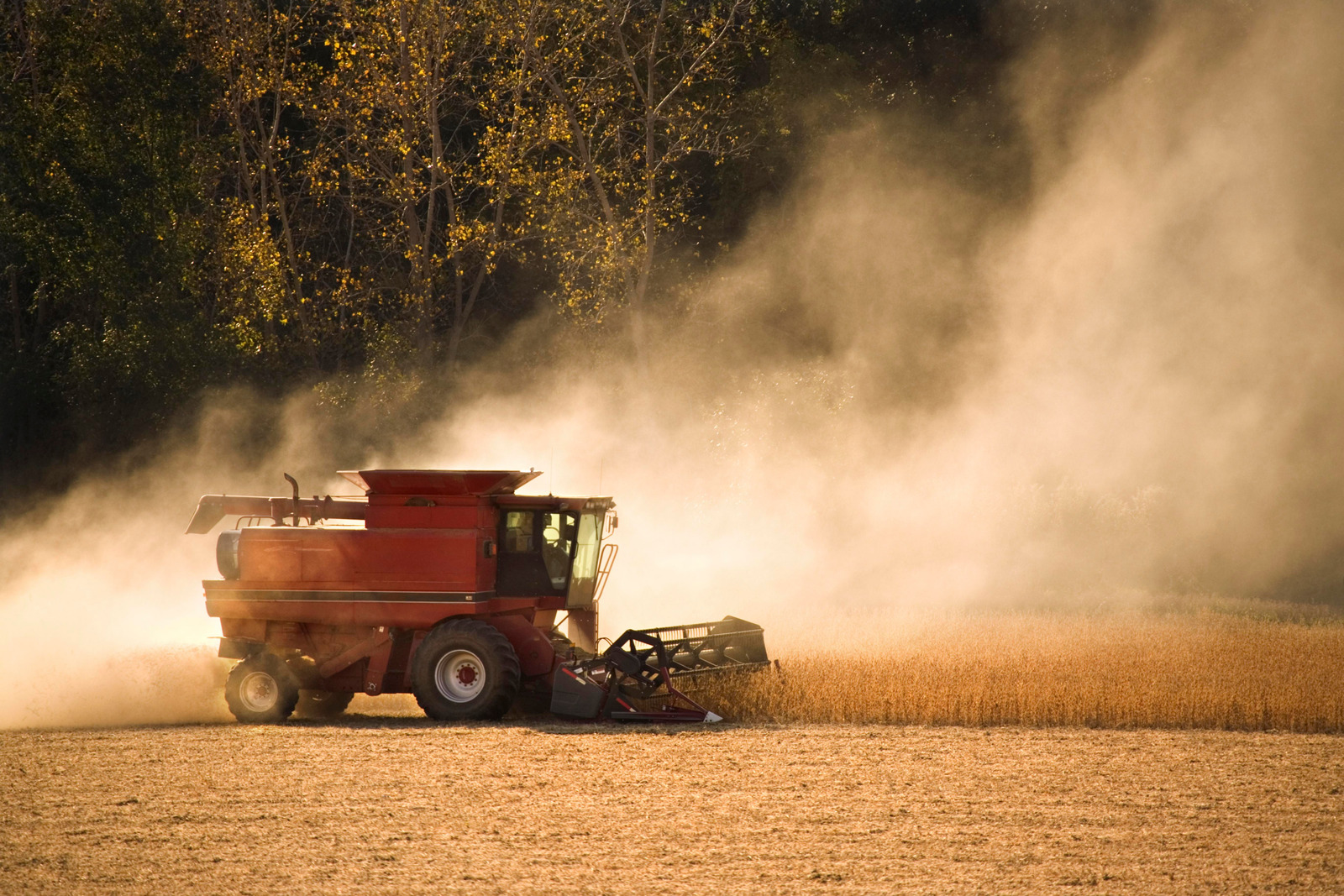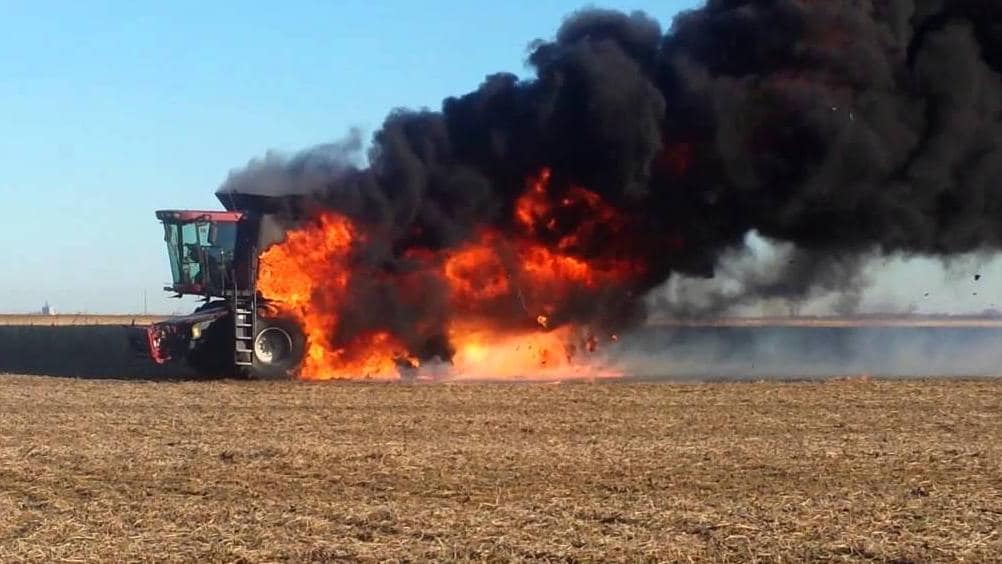Over the last ten years, grain dust explosions have occurred at an average of 10 explosions per year. You might look at that number and think that grain dust explosions aren't something you need to worry about. However, the magnitude of these explosions can be devastating. These explosions can bring down entire operations, causing injuries and even fatalities. But with prevention, grain dust explosions can be avoided.
Anhydrous ammonia (NH3) is the perfect example of something that's commonly found in agriculture, but is also really dangerous. Because it's so common, people grow very comfortable using and being around it and forget that it's a hazardous chemical.
Anhydrous ammonia causes serious injuries, like severe frostbite, serious burns, blindness, suffocation or lung damage, and even death, all in a matter of seconds. Many injuries can be avoided by properly handling the product and respecting it each and every time you work with it. Personal protection is the responsibility of the employer and the employee.
Topics: anhydrous ammonia, first aid, personal protective equipment (PPE)
It's time to talk about respiratory protection
When it comes to your health, have you ever thought, "I wish someone would've warned me about this a long time ago?" Don't let this happen to your employees.
Most respiratory protection isn't mandated, and employees may not know enough to protect themselves. It's the responsibility of a business to educate their employees, so they can take responsibility for their health and make informed decisions that will protect their health now and in the future. If you as an employer fail to educate in the first place, employees will pay a health price long term.
That’s why the topic of non-mandated respiratory protection is so important. In particular, the voluntary use of a disposable particulate dusk mask, also referred to as filtering face piece, mechanical filter or particulate respirator.
Topics: air/respiratory, non-mandated respiratory protection, respiratory protection, PAPR, dual cartridge respirator, respirable dust, respirators, N95 disposable respirator, half mask respirator, powered air purifying respirator
Grain augers are a very common piece of equipment on farms and other agricultural businesses, but per hour of use, they're also one of the most dangerous pieces of machinery. Since they are so common, it's easy to become a little too comfortable operating them. Injuries received from augers can include electrocution or amputations, broken bones, and lacerations due to entanglement. With harvest season bringing an increased usage of augers, it's important to make sure you're observing the best safety practices.
Topics: electrical, insurance/ risk management, machine guarding (PTOs/augers)
As a safety director, manager, or business owner, do you often feel that it's you against the employees when it comes to safety? Do you want your employees to feel ownership and responsibility for not just their safety, but for everyone else's?
This is where the DuPont Bradley Curve is helpful. It's a tool to help businesses shift their employees from following safety protocol because it's what is required, to a place where everyone from the top down is actively participating in the safety culture of the organization. Obviously, anytime someone is practicing safety is a positive, but it's even better if people are following protocol because they have a genuine desire to keep themselves and their coworkers safe.
Topics: safety culture, OSHA law & compliance, productivity / goals / motivation
Nationwide, a U.S. farm insurer tallied up three years of agribusiness claims and released their top 10 commercial agribusiness claims in 2017. The top 10 list accounted for 50,000+ claims. Leading the list was motor vehicle accidents! Motor vehicles accidents accounted for more than 20,000 claims. The most frequent accidents were rear end accidents, backing into vehicles and accidental strike of stationary object.
| Nationwide's Top 10 Commercial Agribusiness Claims | |
|
Farmers and their equipment share the road with the motoring public. Both have visions on how the road best serves them. This blog addresses areas a farm manager can control for safe traveling this fall.
What do these infamous calamities have in common: the Exxon Valdez Oil Spill, Three Mile Island, Chernobyl, and The Challenger Explosion? Each of them happened when the crews had been at work for hours and were sleep deprived and fatigued, leading to the mistakes that caused them. These events serve as tragic reminders that sleep is an essential part of staying safe at work.
Topics: harvest, fatigue/sleep
Every year, falls from grain bins, silos, and grain dryers cause serious injuries and even fatalities. While less frequent than other kinds of falls in agriculture, the consequences of grain bin falls are usually more severe. Here are important things to be aware of when implementing grain bin safety.
Topics: grain bins, climbing & falling from heights, falls from grain bins
Do you dread the dust from harvest? Do you end up feeling stuffed up, with a runny nose, a cough, and generally crappy?
Topics: harvest, air/respiratory
As we prepare for harvest time, it's important to keep combine fire prevention as one of our priorities. Do you know the basics of fire, the different types of fire extinguishers, and best practices? Let's review.
